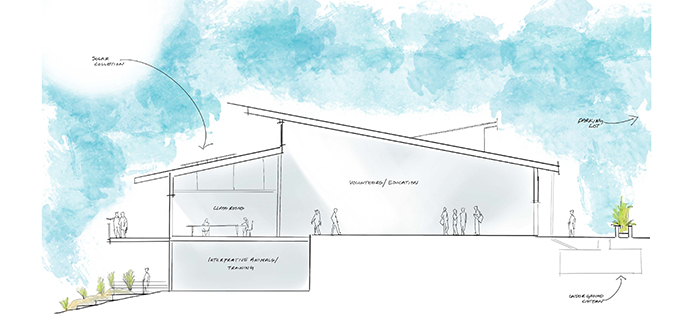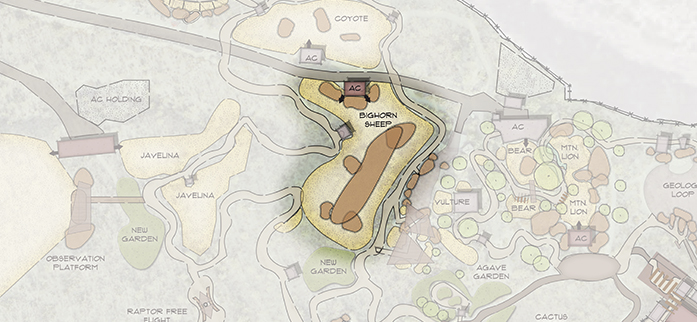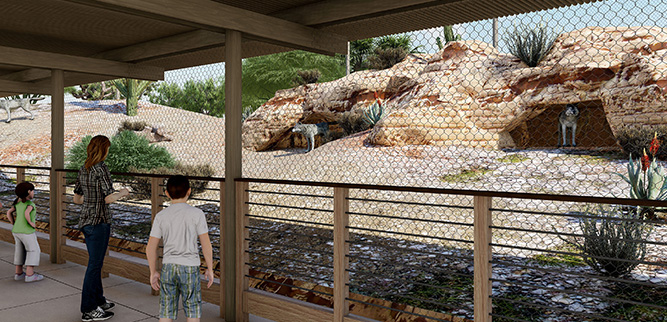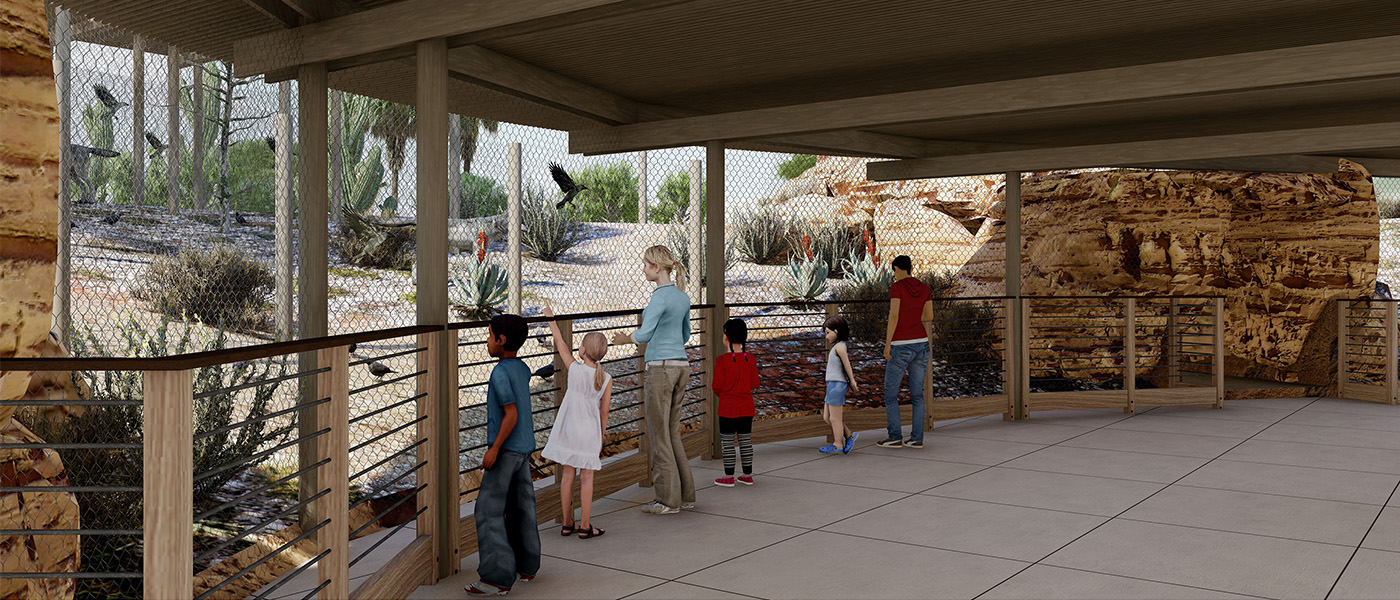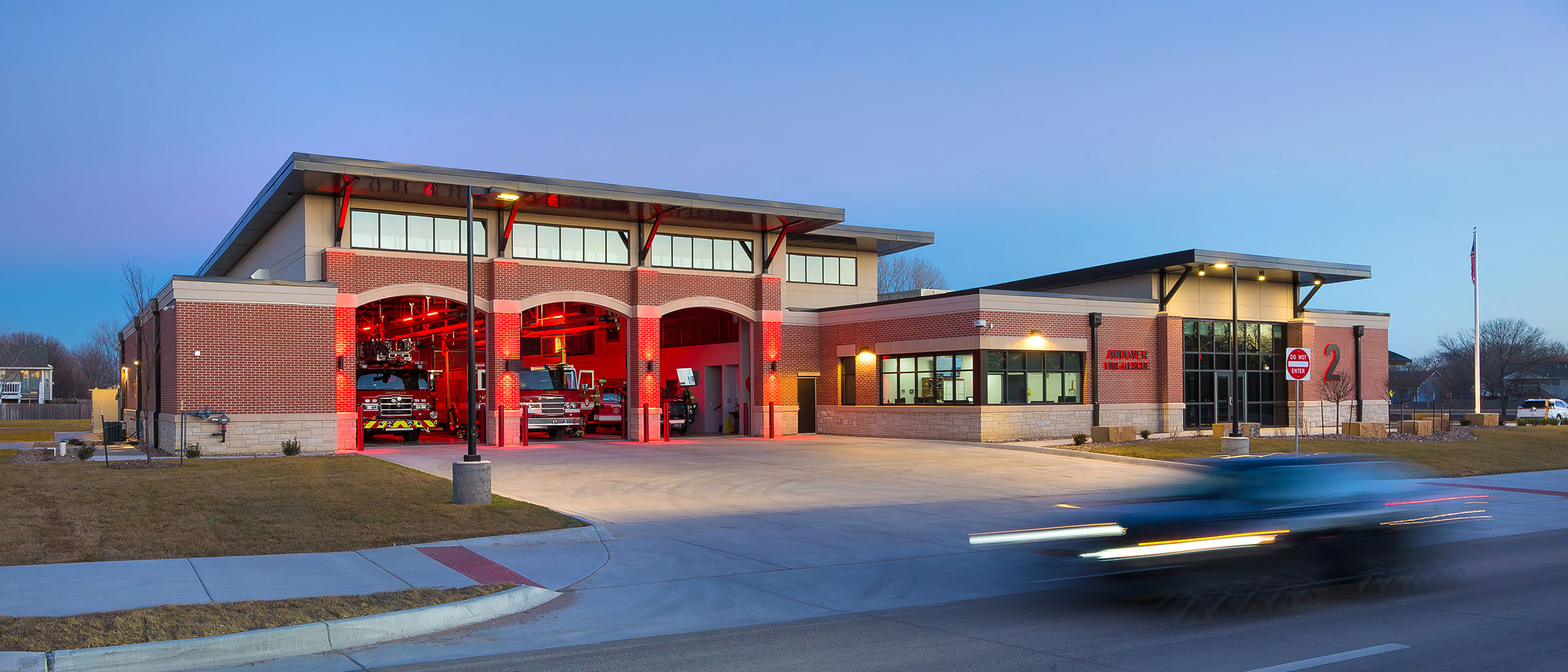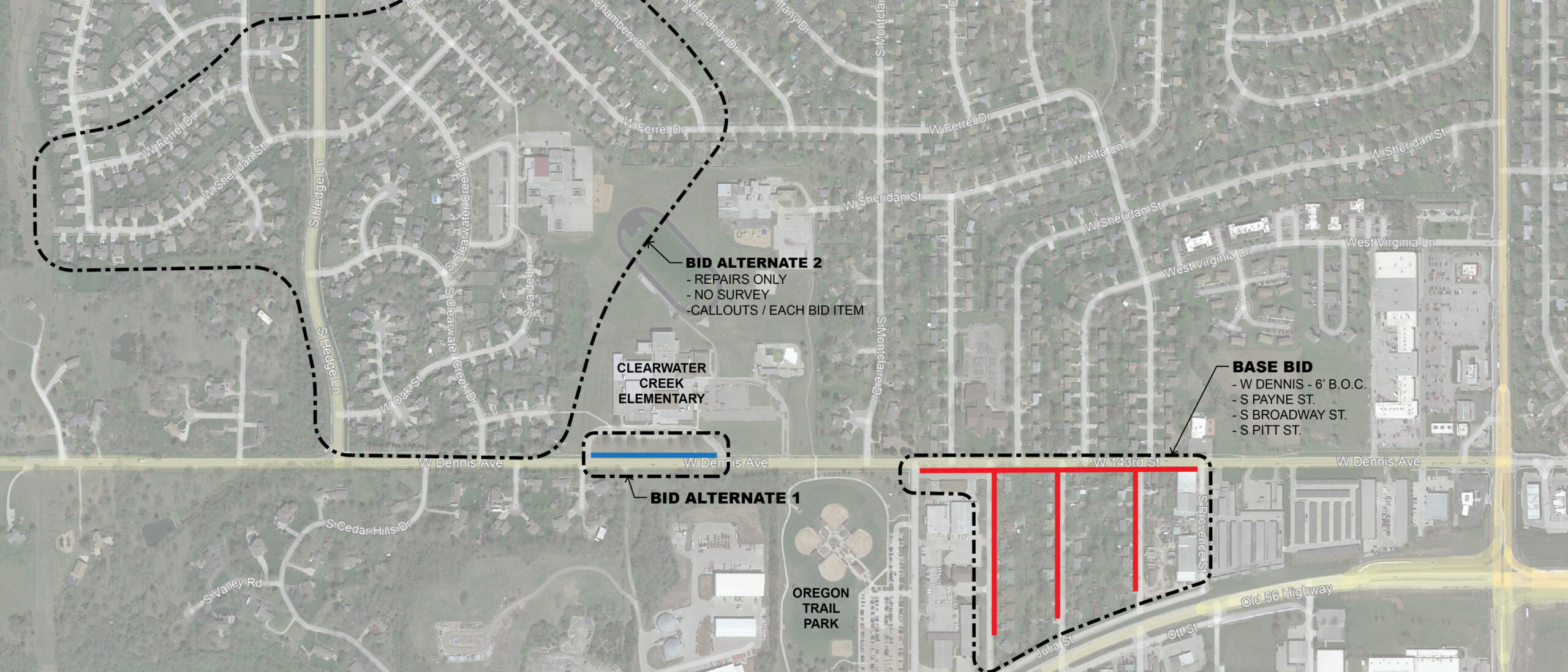The Arizona-Sonora Desert Museum Master Plan is the roadmap for a 15-year change, with support on the design from the Tohono O’odham Nation. The plan focuses on direct conservation, animal welfare, innovative design, financial feasibility, and overall improvement of infrastructures.
The Arizona-Sonora Desert Museum engaged in an inclusive creative process for this Master Plan. Unlike traditional zoological organizations or museums, the Arizona-Sonora Desert Museum is an organization focused on a single region, with its vision of activating the voices of the desert through premier care of animals, engaging conservation science, and inspiring people through nature, beauty, art, and a story. Simultaneously during strategic planning, AWARE Institute assessed the campus through an innovative research-based animal welfare assessment. 120 staff, volunteers, and Board members were invited to participate in person and through surveys to provide input about the organization as it is today and what they aspire to be in the future. This data alongside the existing conditions data was used to develop the long-term land use plan for the museum.
Project Details
The Arizona-Sonora Desert Museum Master Plan is the roadmap for a 15-year change, with support on the design from the Tohono O’odham Nation. The plan focuses on direct conservation, animal welfare, innovative design, financial feasibility, and overall improvement of infrastructures. With the Master Plan aligning with the Strategic Plan, this ensures a cohesive transition throughout the museum’s updates. The direct alignment with conservation within the plan also encourages a robust Animal Ambassador and Education complex to grow and enhance the work of the educational team and increase impact of educational experiences for guests.There is a hyper-focus on Sonoran Desert plants and animal species, which allows guests to experience a multitude of species thriving in their natural environment. The plan focuses on sustainability within the facility, in design and materials as well. One example is the Reptile Habitat and Indoor Experience. This exhibit has a low-environmental-impact design that allows protection from predators, with the intention of guests being able to see the animals in their natural habitat all while having a sustainable exhibit.
Another key feature of the plan is the re-activation of the theater, guests can be immersed in a multi-sensory educational experience to understand the nocturnal activity in the desert, while enjoying a break from the Arizona heat. The plan will be implanted in 3 phases, the first phase will span from 0-7 years followed by an 8–15-year plan and overall facility plan for the years to come (2038 and beyond).
Habitats/Species:
• Mexican wolves, assorted reptiles and amphibians, bighorn sheep, mountain lions, black bears, deer, otter, coati, Sonoran Desert toads, birds of prey, hummingbirds, and other native bird species.
Key Features:
• Hyper alignment, direct conservation with the Master Plan (Focused on activating the voices of the desert).
• Parking, self-driving vehicles, and solar generation
• Ambassador Animals & Education Complex
• Immersive re-activation of the theater for a multi-sensory educational experience focusing on nocturnal activities within the desert.
• Accessibility improvements on guest circulation, ADA compliance & Inclusion.
Key Innovations:
• Strategic Plan aligns directly with the Master Plan.
• Desert reptile complex, natural, and always on exhibit.



